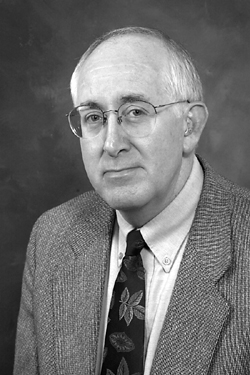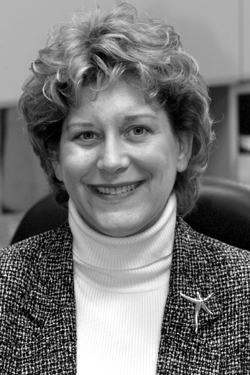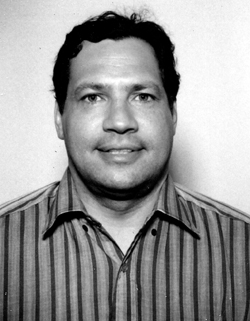
Ronald R. Price, Ph.D.
NIH grant will link radiology, research

Lynn M. Matrisian, Ph.D.

Dr. Charles DePriest
A new federal training grant landed by the Department of Radiology and Radiological Sciences will “provide research training that bridges the gap between cancer biology and cancer imaging,” and open new doors for future cancer investigators.
Ronald R. Price, Ph.D., professor of Radiology and Radiological Sciences, Physics and Astronomy, will head the $2.25 million, five-year R-25T grant from the National Institutes of Health. The NIH funds mirror recognition by the National Cancer Institute that “imaging offers an extraordinary opportunity to accelerate cancer research,” Price said.
The grant will provide for six post-doctoral fellows in a multi-disciplinary program. Price said half of the fellows will come from a physical sciences background; the other half from biomedical training. Lynn M. Matrisian, Ph.D., chair of the Department of Cancer Biology, and Dr. Charles DePriest, professor of Radiology at Meharry Medical College, are co-program directors, their varying backgrounds helping assure a broad array of experience and education for the approved fellows.
The grant, awarded on its first application, is a compliment to Price’s groundwork in establishing the training program, said Dr. Martin P. Sandler, chair of the Department of Radiology and Radiological Sciences.
On a larger scale, Sandler said, the award “provides a seedbed for future investigators of imaging sciences.
“As the sophistication of imaging increases, the ability to look at different phases of the development of cancer cells in research becomes increasingly important,” Sandler said.
In the training program, fellows will become skilled in all available medical imaging technology, including PET, MRI, Ultrasound and nuclear imaging, Price said. They also will be at the forefront of learning developing modalities being studied by the department for cancer research, including micro-PET, monochromatic X-rays, and new techniques, such as three-dimensional ultrasound used in animal models to monitor blood flow to evaluate new cancer therapy agents and using phase-contrast X-rays methods to improve detection of small soft-tissue masses, such as those in breast cancer.
Using these and other non-invasive imaging modalities has helped improve and accelerate animal-model cancer research, Sandler said, by playing important roles in early detection, accurate non-invasive diagnosis and monitoring of non-invasive therapies.
With imaging, mouse models, which Price said have become a special resource developed by scientists at the Vanderbilt Ingram Cancer Center, allows prolonged monitoring of cancer therapy for the duration of the animal’s life. Before, Price said, the animal would have to be sacrificed in order to examine the effects of therapy.
The Vanderbilt-Meharry Alliance also is key to the grant, Sandler said, by improving recruitment of minority trainees. DePriest will represent the medical sciences among the investigators.
While Vanderbilt has excelled in clinical radiology, the NIH grant helps establish the medical center as a leader in radiological research, Sandler said. “This is an important step in bringing us into the top level of radiological research departments,” he said. “It establishes the foundation for this department to compete (for funding) at the national level.”
Only one other institution, Harvard, was awarded a similar training grant. The program will likely begin in July, Price said. The training period, two to three years, will allow for the trainees to develop academically in areas that are not their strengths by participating in courses especially designed for the multi-disciplinary program. For instance, Price said, those with physical science backgrounds will have the opportunity to take courses in biomedical sciences, while those grounded in medicine can increase knowledge of the physical sciences.
While the first generation of trainees will be post-doctoral fellows, Price sees the opportunity to open the field to pre-doctoral students after a year or so.













